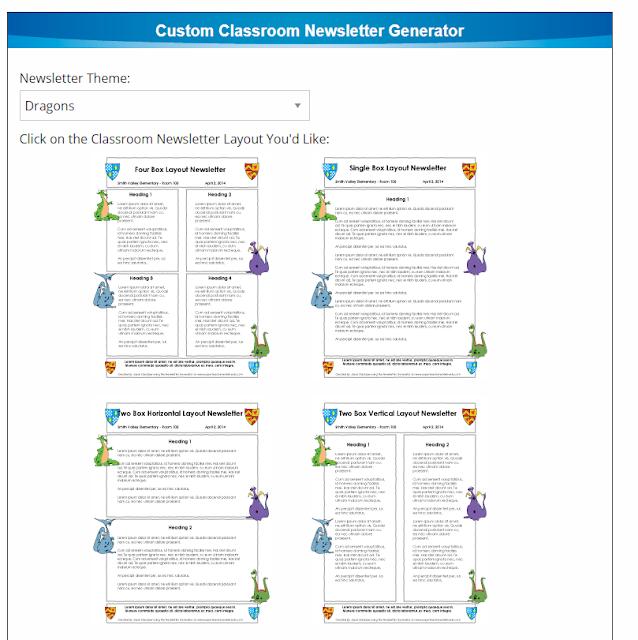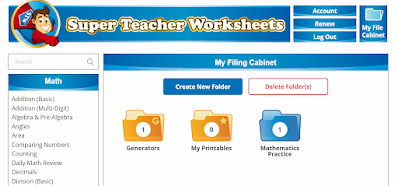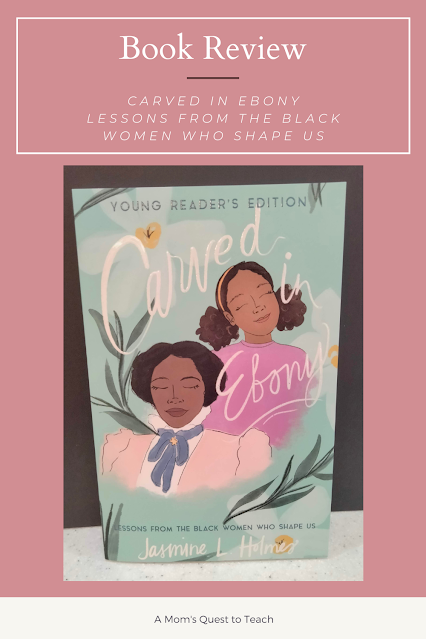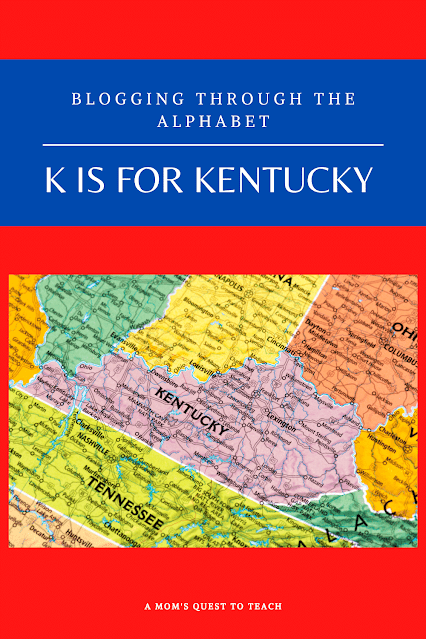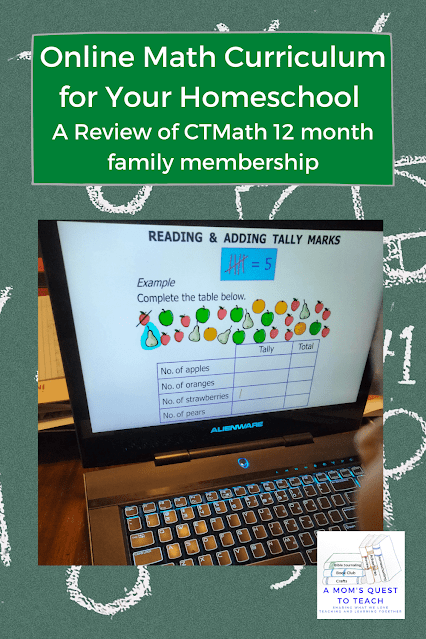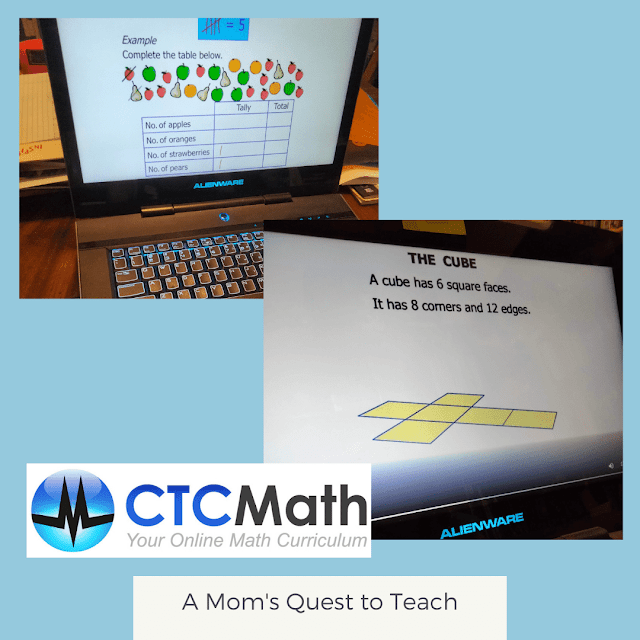This post contains affiliate links. For more information, please see my Terms of Use and Disclosure Policy page. Thank you.
We love painting in our homeschool. So, I am always looking for new ways to incorporate painting into our homeschool day. For this shark-themed craft, I decided we would do something similar to the Father's Day painting we did a few years ago. We created the shape of the sharks as negative space so they would stand out on our paper when we were finished painting.
Materials
- Painting paper
- Paint in a variety of colors
- Sponge brushes or cotton balls
- Something to hold the paint for dipping the sponges/cotton balls into the paint
- Paper for cutting our shark shapes
- Tape
Steps
1. Gather all your materials.
2. Cut out two or more basic shark shapes.
3. Tape the shark shapes onto your painting paper.
4. Use sponges or dot paints to paint on and around your shark shapes.
5. After the paint is dry, remove the shark shapes to reveal the outline of your sharks.
6. Hang up your new artwork.
How is a Shark Designed?
While waiting for your shark to dry, talk about the design of a shark with your children. They have special features which enable them to be fierce predators of the sea. There are over 1,000 species of sharks and rays, so you will have plenty to choose from to discuss.
Sharks are different from other fish as they have boneless skeletons. They have cartilage in its place to help provide support. The fact that they don't have bones but cartilage also enables them to stay afloat easier as they are lighter.
The lighter body also helps them in swimming. They are also streamlined to help them move through the water. So many sharks have a torpedo-like shape. They are probably one of the most agile creatures in the sea.
Fins
With the variety of sharks, there is also a variety of fins on those sharks. They have a large dorsal fin that helps provide balance. Some have a smaller dorsal fin on their back too. Sharks may also have pectoral fins that help with steering.
Learn More
Make another shark-themed craft! Choose from a paper bag shark puppet or a paper plate craft.
Dive into the world of Marine Biology at SchoolhouseTeachers.com with Red Wagon Marine Biology for High School. This high school course is taught with online pre-recorded videos and text instructions to help children learn about the marine world. In addition to studying sharks, students will learn about marine ecosystems, tidal zones, coral reefs, and more.
And now is the perfect time to become a SchoolhouseTeachers.com member with the BOGO sale! Dive into our Shark & Sea BOGO Sale at SchoolhouseTeachers.com! From July 22 to September 6, buy one annual membership for $269 and get another year free! Did you know that sea turtles can live up to 100 years? Our courses have the longevity and quality you need with hundreds of courses available for all grades. Don’t let this deal swim away!
Sale through September 6, 2024.
.png)
.png)
.png)
%20(1).png)
%20(1).png)



%20(1).png)
.png)
.png)
.png)


.png)

.png)
.png)
%202%20new.png)

.png)
.png)
.png)
.png)






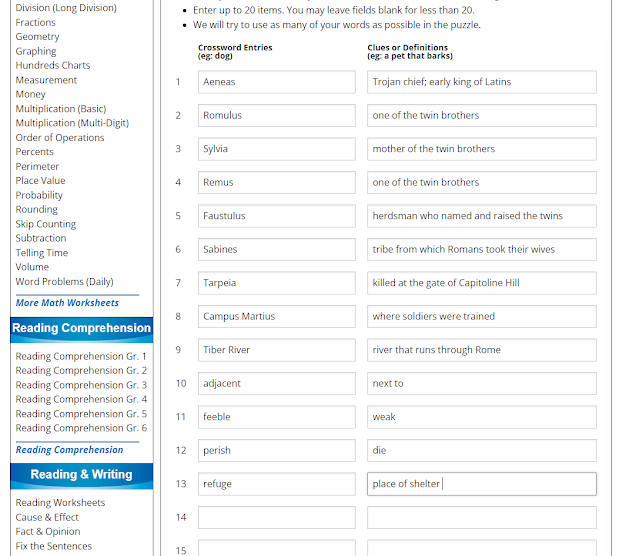

.png)

